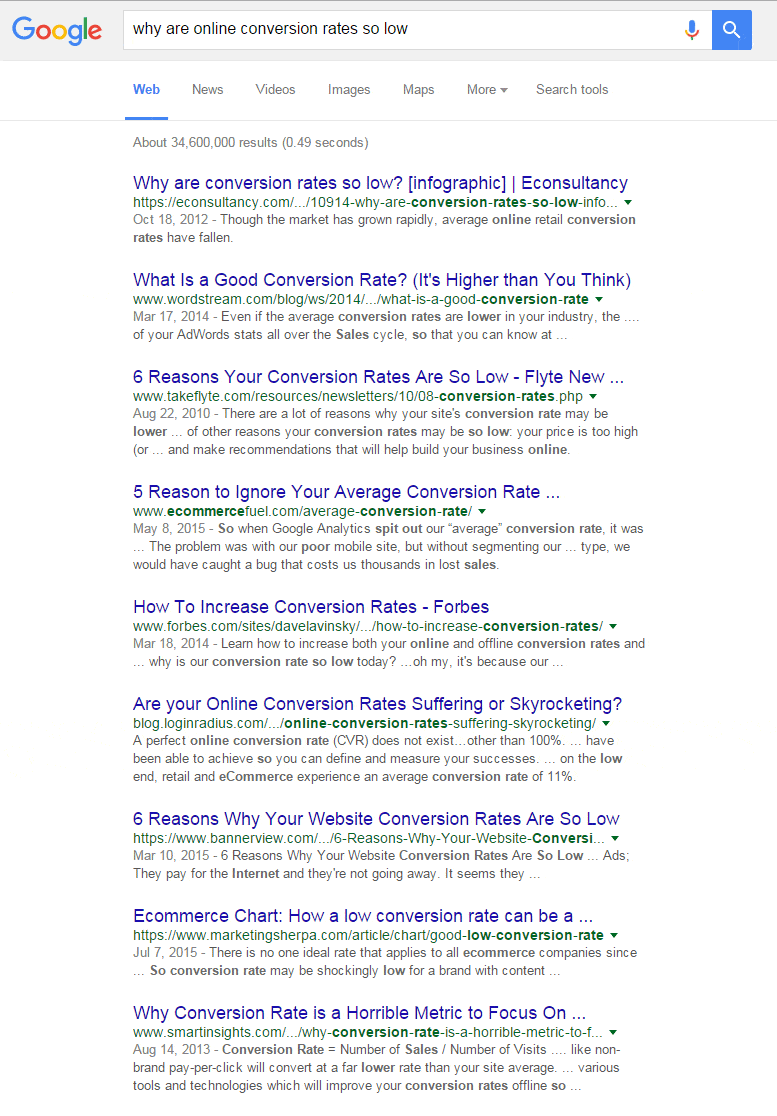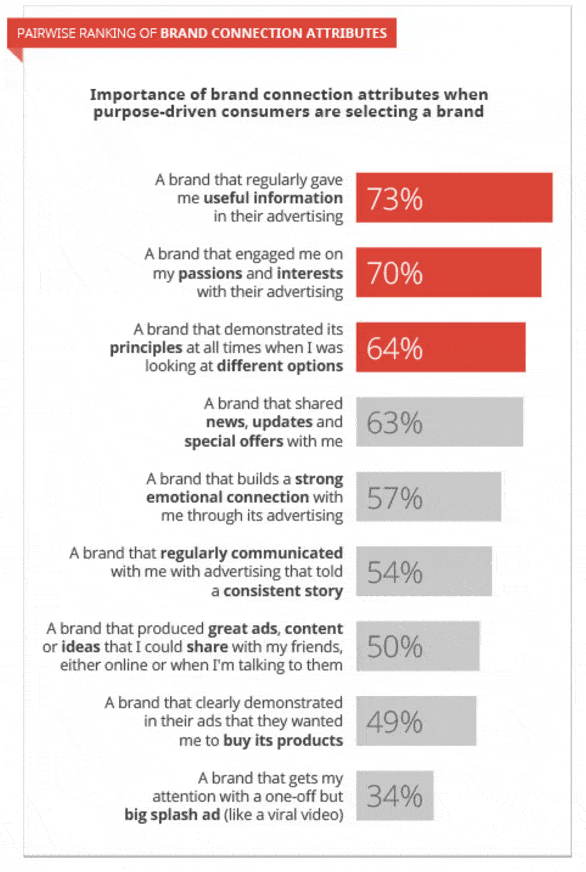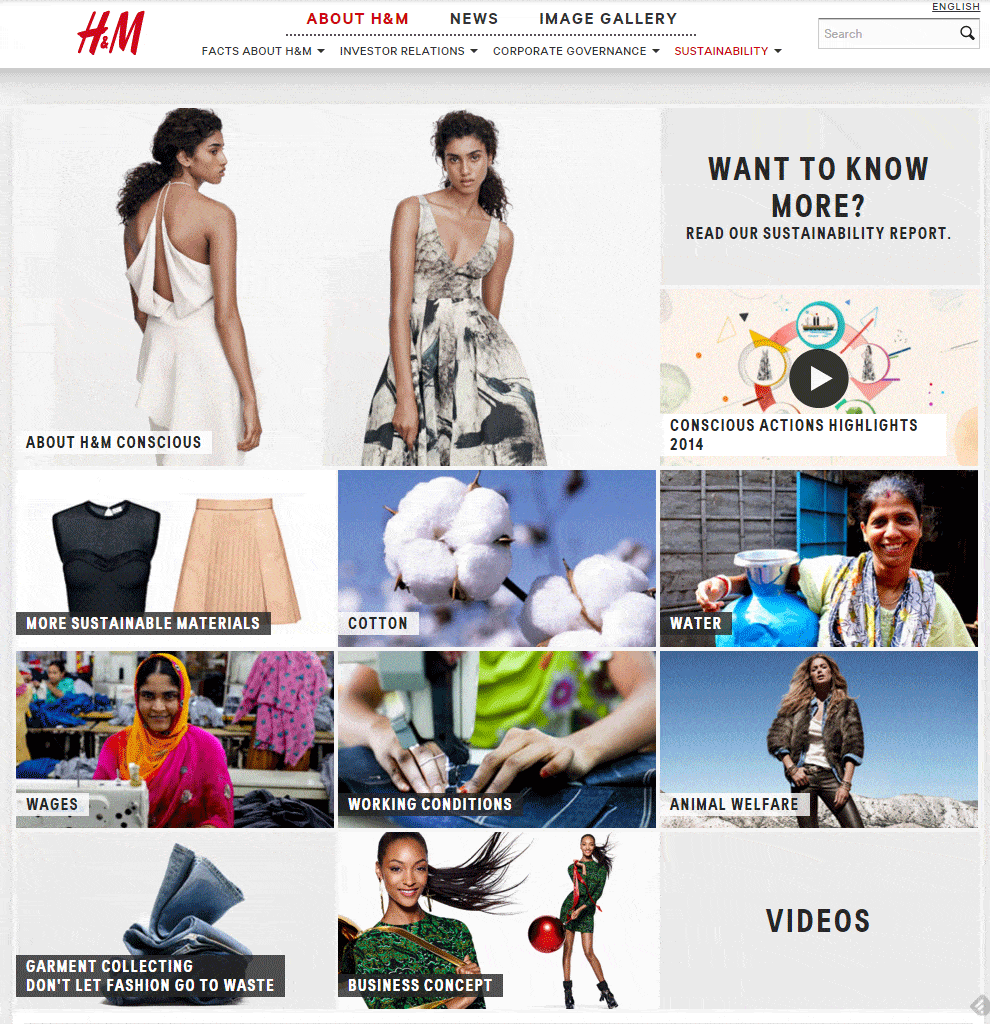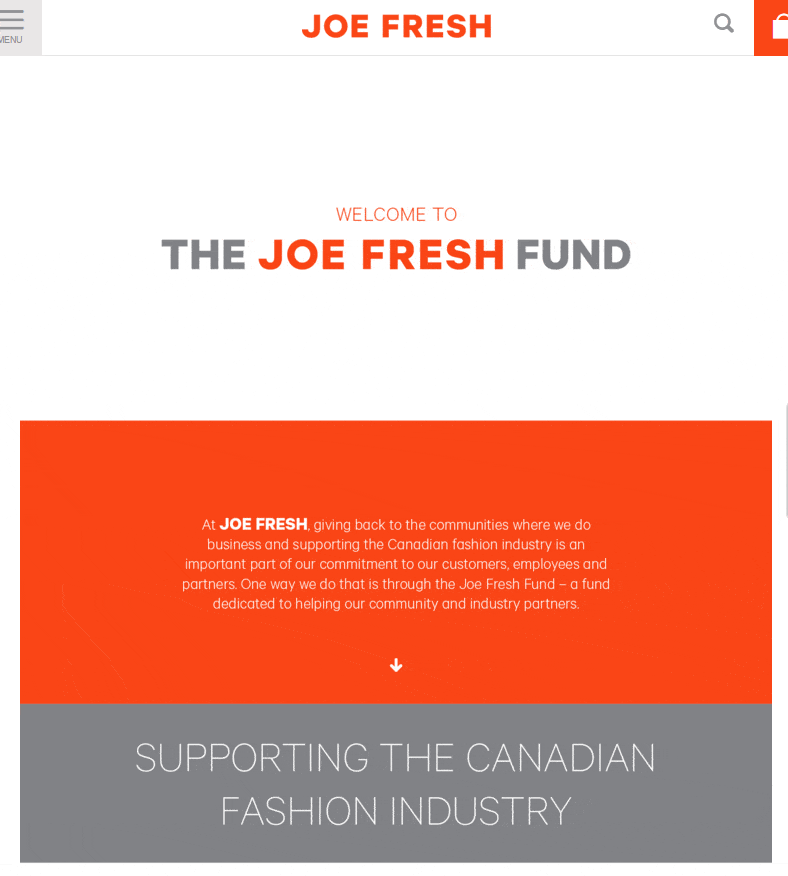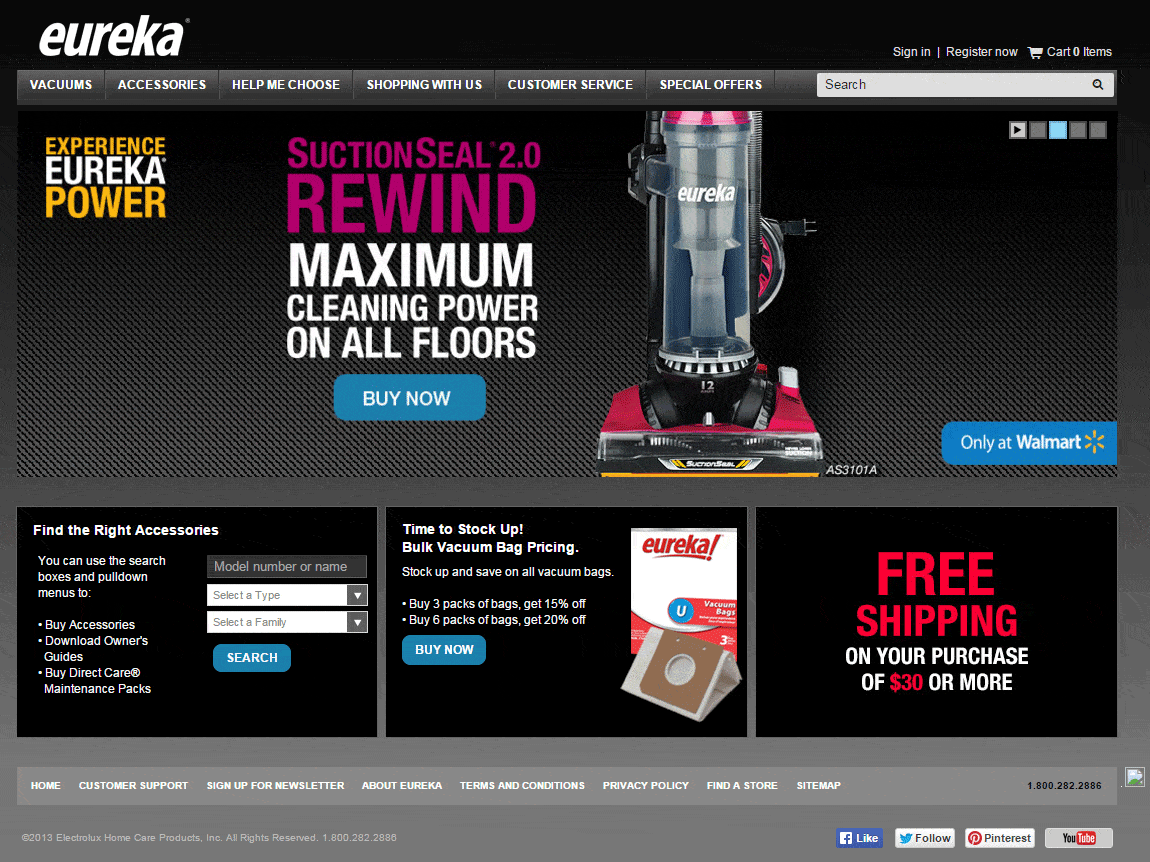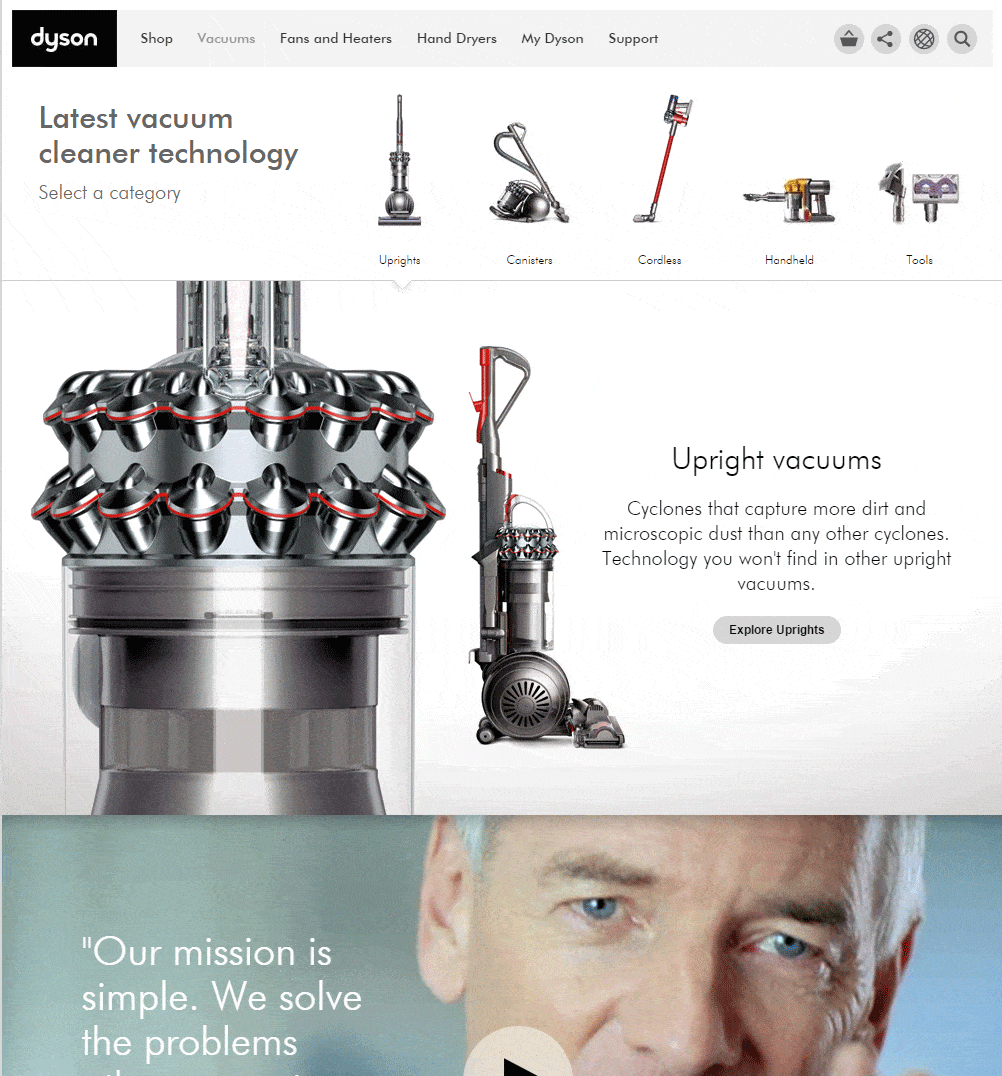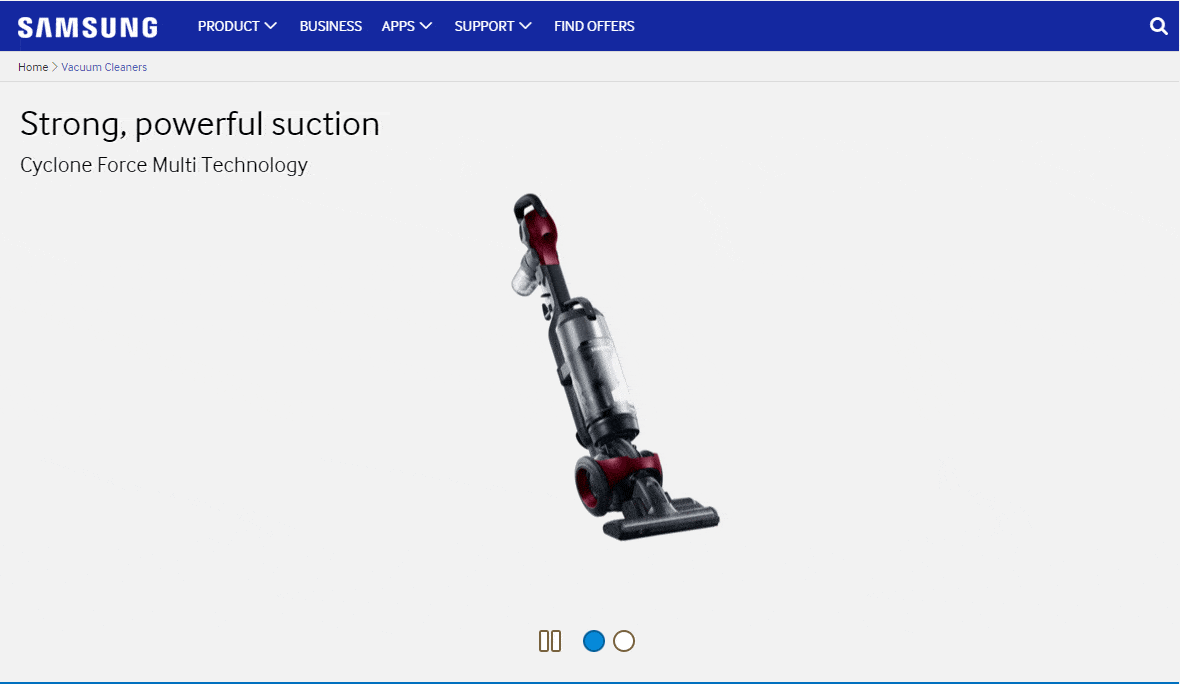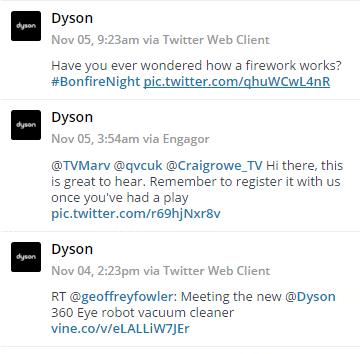We’ve railed on at length in this blog about paltry online conversion rates. It seems like they are stuck in quicksand. Try as we might, we just can’t pull them out of the single-digit mud.
Perhaps even more frustrating is the lack of reasoning about why the rates are so poor. A Google search for “why are online conversion rates so low” produces only three results that actually talk about low rates, and two of those are really a “reverse psychology” approach to telling you how to improve rates.
The one remaining result, from econsultancy.com, echoes what we have maintained here on the Invesp blog as a major cause of low rates: digital marketers do not devote enough of their resources specifically to improving conversions.
Media Take Time to Mature
In the entire scheme of things, the ways and means of digital marketing are still in their infancy.
The history of media shows that as each new medium emerges, it mimics the media that preceded it. When the first radio broadcasts hit the airwaves, they were full of voices reading the news or written stories. Only later did we fully develop radio’s ability to entertain and appeal to our senses.
Many early television broadcasts were really just radio programs with a camera turned on them. Even “Mr. Television”, Milton Berle, took his radio program, and many of the same cast members, directly to TV. It wasn’t until the 1960s and 1970s that television content evolved fully into something unique to the medium.
And we used the same “mimic-what-we-did-before” plan when we started selling on the world wide web. The misguided approach is clear even in the title of this article published in 1998: “Internet Shopping Network: The Malling of Cyberspace”. Interestingly, an excerpt from that article supports the idea that new media imitate the old:
“More than ever, a visit to the opening screens of America Online or CompuServe indicates just how tightly the biggest on- line services are interwoven with the nation’s largest TV networks, weekly magazines, daily papers, wire services and the like. The medium of the Internet is new, but its main “content providers” are mostly providing the same old content.”
Content in Context – Finding Digital Media’s Unique Value Proposition
Think of a hobby or interest that you pursue. Have you ever used the internet to learn more about it, to find like-minded people or even make a purchase related to your pursuit? Of course you have and, if you haven’t, you’re not using the web in the way that gives it its unique value as a medium.
Digital media are the first that can be used with a personal purpose: to make your life more meaningful.
Let’s say you enjoyed restoring old bicycles. Television and radio, even with thousands of channels, hold nothing for you; not a stitch of content. But on the web you can find bike restoration blogs, forums, websites, Instagram accounts, videos, products to buy – and you can even create your own content.
What Does This Have to Do With Improving Your Conversion Rates?
Increasingly, digital marketers are seeing a new consumer model where buyers align themselves with brands – and make purchase decisions – that are in line with the personal purposes for which they use the web.
The Path to Purpose Leads to the Path to Conversion
Google partnered with global marketing research company TNS and advertising agency Ogilvy & Mather to find the answer to “what can brands do to connect with these new consumers?”
Over a six-month period, they surveyed 2,458 purchasers of automobiles, beauty products and smartphones. Here are some of the conclusions they made:
- Deluged by content, consumers are filtering it to get to content that is relevant to their personal purposes and passions
- They are increasingly shopping with the same purpose that they consume digital content
- Expressing a brand purpose can help digital marketers breakthrough the content clutter
But it’s not until we look at the numbers that begat those conclusions that we can see the potential to finally break the logjam that keeps conversion rates stuck in the mud:
- Consumers choose brands that engage their passions and interests 42% more often than brands that simply advertise to them
- Purpose-driven consumers are 70% more likely to have made an online purchase in the last month (versus consumers who use the web for traditional entertainment or to simply connect with friends and family)
- They are 1.6 times more likely to rate a product online at least once a week (versus those who use the web for entertainment/connection)
Brands that Engage Purpose-Driven Consumers – And Brands that Don’t
From the use of child labor and collapsing sweatshops in Bangladesh, to the drain on natural resources caused by textile manufacturing, the fashion industry has felt consumer backlash to unacceptable practices more than most sectors. And perhaps that’s why they seem to be in tune with what lies in their customers’ hearts.
The homepage of Swedish fashion retailer H&M features a tiny, one-word link in its footer menu: “Sustainability”. But click that link and you go through the looking glass to a broad spectrum of content devoted to addressing consumers’ concerns about using more sustainable materials, conserving fresh water, ensuring fair wages and working conditions, animal welfare, recycling – and aligning with a brand that puts sustainability at the core of its business concept.
Canadian fashion brand Joe Fresh, who themselves felt the sting of involvement in a collapsed garment factory, appeals to the desire of Canadian shoppers to support their fledgling homegrown fashion industry.
A Sector that Misses on Appealing to Purpose-Driven Customers
The effect of poor indoor air quality, especially in our homes, is of increasing concern. We regularly learn more about the negative health effects of allergens, asthma triggers, mould spores and pests attracted to the dust and dirt in our homes.
So it would seem a natural for vacuum cleaner manufacturers to engage buyers in ways that touch on their desire to live healthier lives, especially when it involves their families.
But a look at the websites of Dyson, Eureka and Samsung – among the top search engine results – shows no sign of content related to living a healthier life. Indeed there is no apparent content devoted to anything that could be called a buyer’s “purpose” or “passion”. Unless that purpose is to own a more powerful vacuum cleaner – then they all claim to meet the purpose – which means they all fail in a golden opportunity to stand out from their competition.
Curiously, a recent post to Dyson’s Twitter account asks: “have you ever wondered how a firework works?”. While it can be argued that the tweet is in line with customer interest in fireworks and/or Guy Fawkes Day in the U.K., it’s still a fail. The appeal does not tie into the brand and fails to strike an emotional chord. It’s purely informational – like something you might hear on the radio or read in a book.
What can your brand do to find the path to your customers’ purpose – and put them on the path to conversion?

